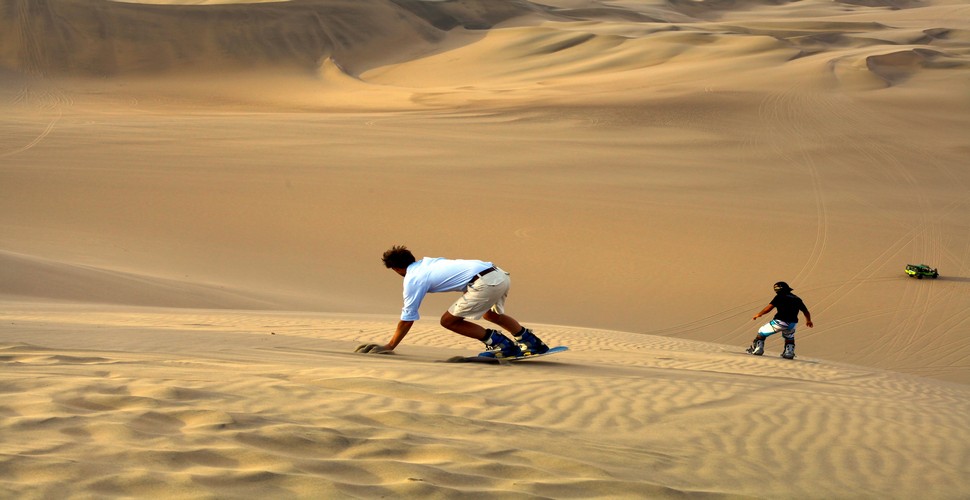

Claire Dean
Travel in South America is a joy to behold. The rich variety of destinations, experiences, landscapes and geography fascinated me so much, that I chose to relocate here, over 20 years ago! The best thing I ever did! Allow me to share my knowledge and passion for Central and South America with you and help you plan your holiday of a lifetime!

The Peruvian Outdoors
Written by:Claire Dean
Last Update: 2025-02-27
For adventure seekers, Peru is one of the world’s top destinations for adventure activities. From trekking along Andean trails into Inca citadels, to surfing some of the Pacific’s longest waves, there is no shortage of adrenalin filled activities to suit any budget or intensity level. In Peru you can find the world’s deepest canyons, steamy jungles with unparalleled biodiversity, and the highest mountains in the world after the Himalayas. Check out these outdoor activities in Peru:
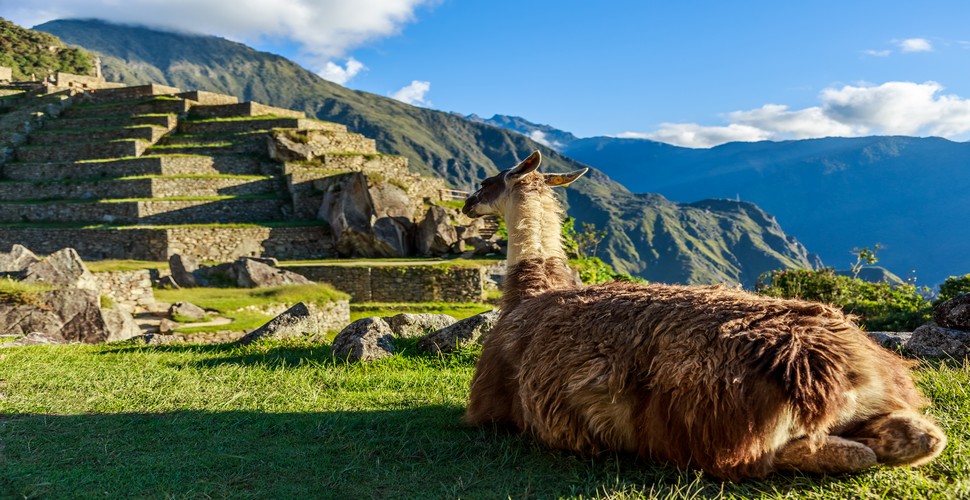
Llama at Machu Picchu
Hiking the Inca Trail to Machu Picchu
The lost city of the Incas is South America's greatest attraction. The Incas built Machu Picchu so high in the cloud forest that it escaped discovery by the Spanish Conquest, which explains its excellent state of conservation. Most travelers take a day trip by train from Ollantaytambo, but those wanting the full experience opt for the challenging, 4-day Inca Trail trek that leads through impressive Andean mountain passes and through some of the most remarkable sights in Peru, including Inca ruins, dense cloud forest, and mind-blowing mountain scenery. The trek has the best rewards including a sunrise over the ruins of Machu Picchu, shrouded in a mist that dissipates as the day heats up. Make sure you book in advance for this epic journey as only 200 people per day are allowed to hike the Inca Trail on guided hikes meaning that permits generally fill up 4 to 6 months in advance.
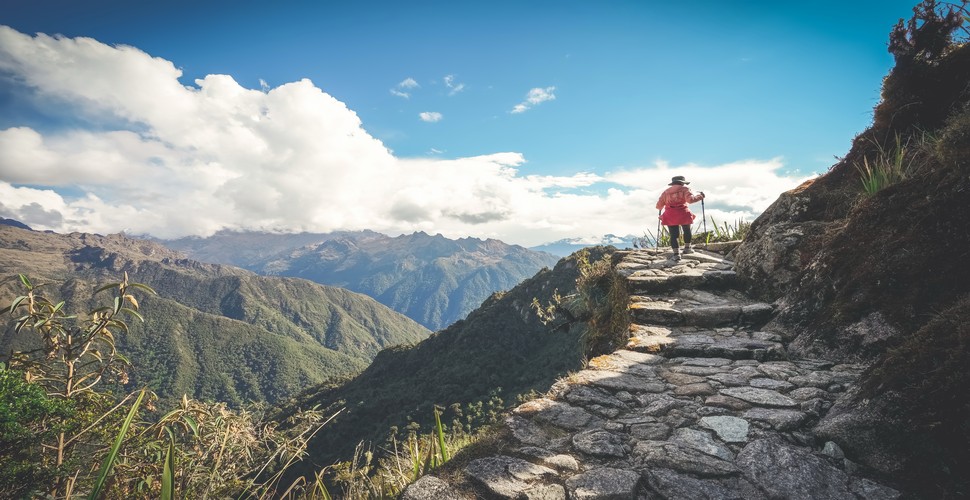
Inca Trail
Trek an alternative Inca Trail
Of course, the Inca Trail to Machu Picchu is one of the world’s most famous hikes, however many people would argue there are even better hikes in the Cusco area, such as the Lares Valley or to the Choquequirao Trek. The Salkantay Trek takes hikers up a 4000m mountain pass surrounded by snow-capped Andean glaciers, past the Inca site of Llactapata, and then down into the high jungle regions and coffee plantations, culminating with a connection to Machu Picchu. The classic way to hike is camping and mules will carry all your equipment making the trekking somewhat easier along the Salkantay route.
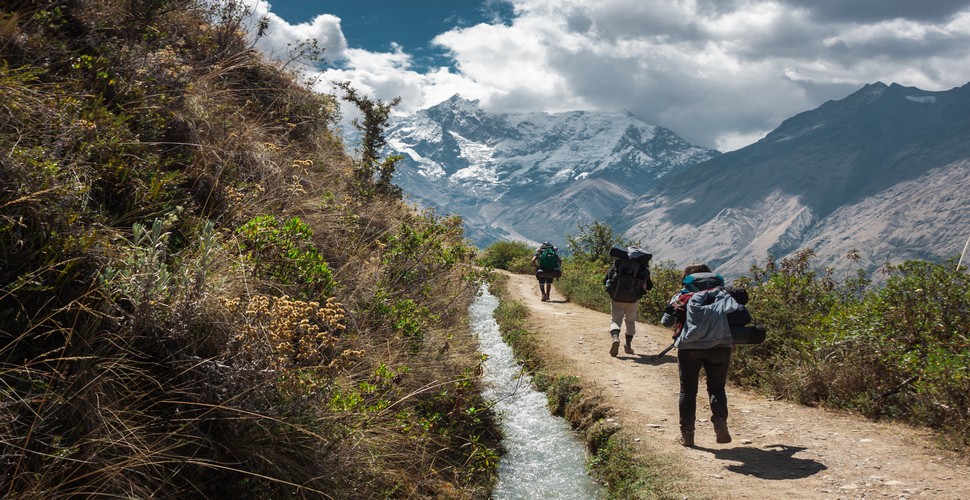
Salkantay Trek
White water Rafting in the Andes
Outside of Cusco, there are a handful of excellent river runs that range from mild to world-class. Novices can do day trips to get their feet wet, while more experienced rafters can take multiday trips that sail from the highlands into the Amazon. While many opt for a crowded section of the Urubamba River near Ollantaytambo, more challenging sections can be found in the upper section of the river, called Cusipata. It consists of Class II, III, and IV-plus rapids that are irresistible to rafting enthusiasts.
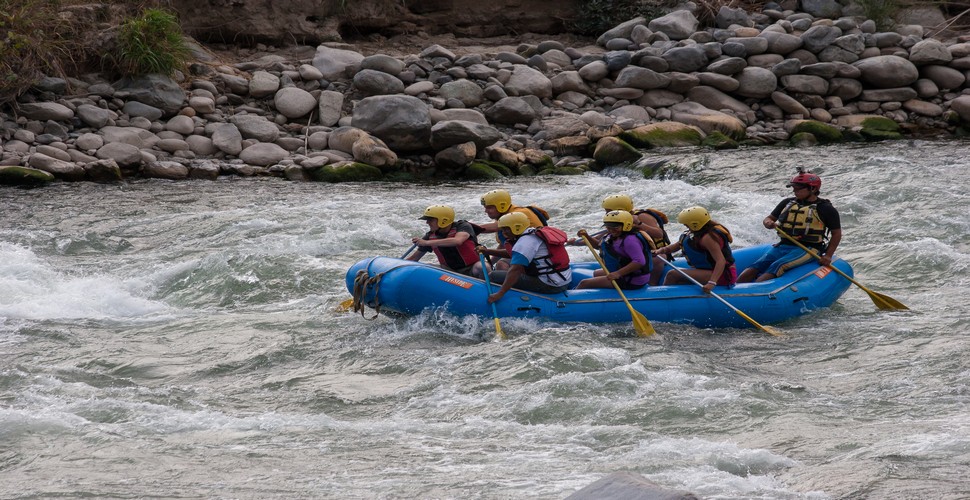
Whitewater Rafting
Surfing the Pacific
Peru’s Pacific coastline is filled with world-class surf breaks and the country is increasingly becoming a surfing hot spot on the global circuit. You can find some excellent breaks in Lima and nearby Punta Hermosa, but top wave hunters head to northern Peru from October to March, where there’s a wide variety of left and right reef breaks, point breaks, and big-time waves. The hotspot for surfers is the remote Chicama area, home to the longest left-hand break in the world!
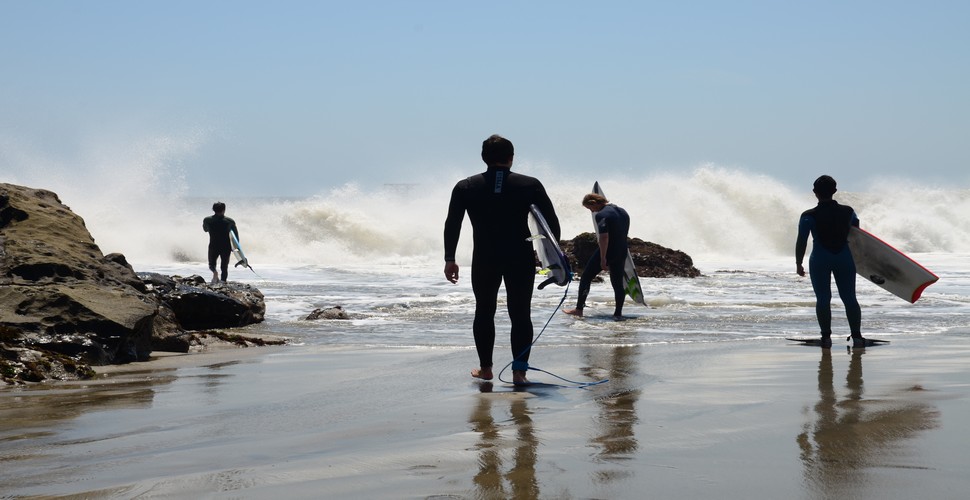
Surfing on the Pacific waves
The desert and the ocean
The Islas Ballestas, south of Lima near the resort town of Paracas, are Peru's version of The Galapagos in Ecuador. Morning boat trips run to the wildlife-rich islands, which are some of the world's best places to see rare marine birds such as the Guanay cormorant, Humbodlt penguin, Peruvian booby and the Peruvian pelican. Sail past sea lion colonies that come to feed on the marine plankton. Surrounded by endless sand dunes, coastal cliffs, and even an ancient “candelabro” etched into a sandy hillside in the Paracas National Reserve, this sea-life sanctuary is a must-visit on your Peru trip.
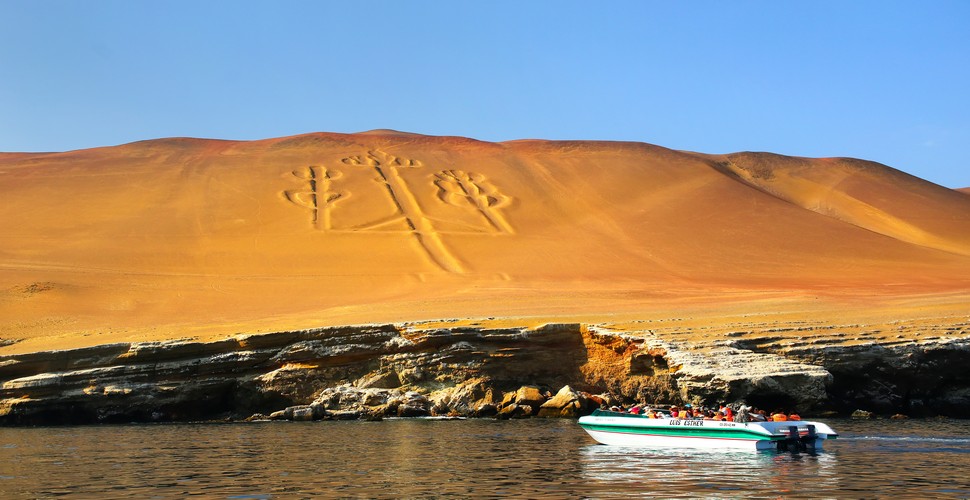
The Candelabra, Paracas
Walking through the treetops
Not far from Cusco, you can head down to the Amazonian town of Puerto Maldonado and the Tambopata National Reserve. This biodiverse hot spot is home to the country’s most pristine primary rainforest, home to 500 species of birds and rare caimans, capybaras, and even jaguars. Up in the lush rainforest foliage on the Inkaterra Canopy Walkway, 30 above the ground, you'll see an entirely different ecosystem that few will ever have the chance to witness, offering an alternative viewpoint over the jungle.
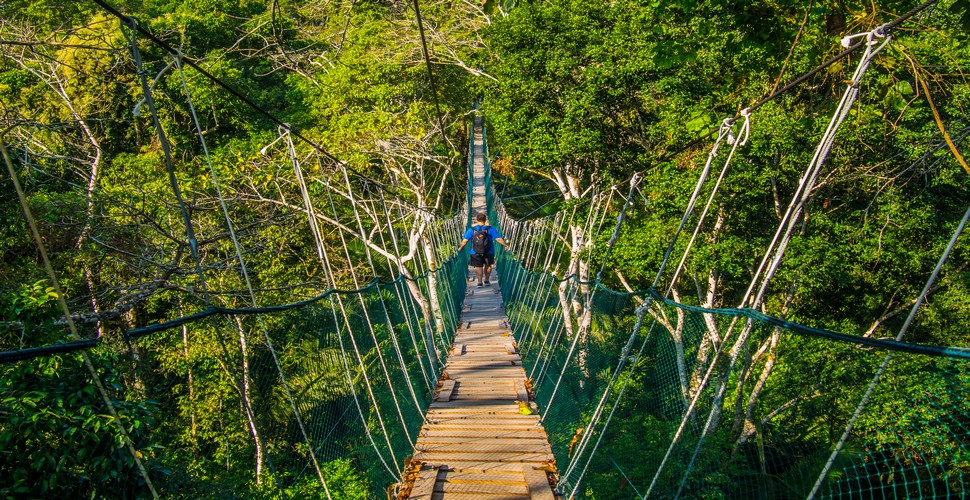
Tambopata
Colca Canyon
Colca Canyon, near Arequipa, is one of two deep canyons in this region of Peru. The other being the even deeper and more remote is Cotahuasi. Colca is famous for condor spotting, soaring above on the thermals and indigenous families herding sheep and alpaca from one village to the next. You can base yourself at Chivay though if you want to hike to the bottom, you’ll need a couple more days to get there and back using the well-beaten path from the village of Cabanaconde and a guide is recommended as unexpected weather conditions have caught a number of trekkers out.
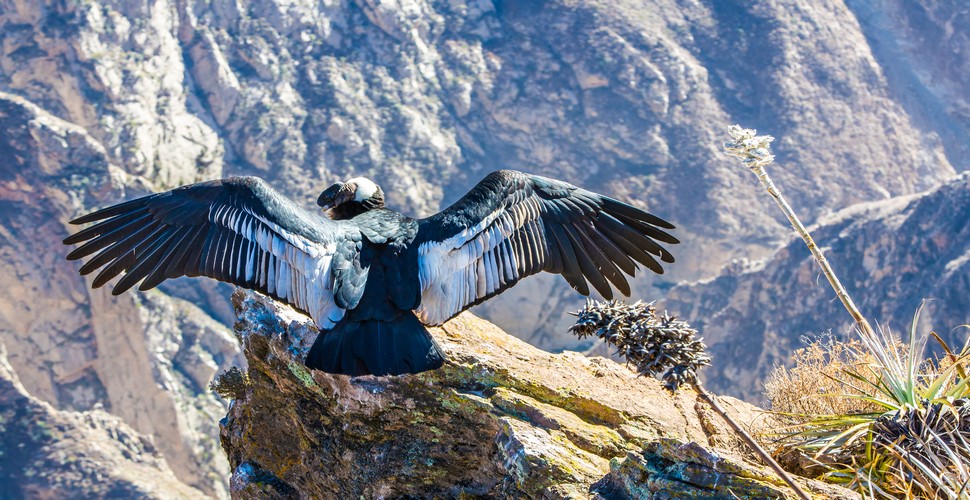
Colca Canyon
Climbing at extreme altitude
The highest mountains outside of the Himalayas are found in the Huascarán National Park near Huaraz, the trailhead for some of South America’s most challenging treks and climbs. This UNESCO Biosphere Reserve contains nearly the entire Cordillera Blanca Mountain range, with glaciers, lagoons, 300 lakes, and rivers. The park is best explored on the Santa Cruz or Huayhuash treks and day trips that can last anywhere from one day to two weeks. Extreme mountaineers and ice climbers head to the more technical climbs of snow-capped peaks like Tocllaraju and Alpamayo.
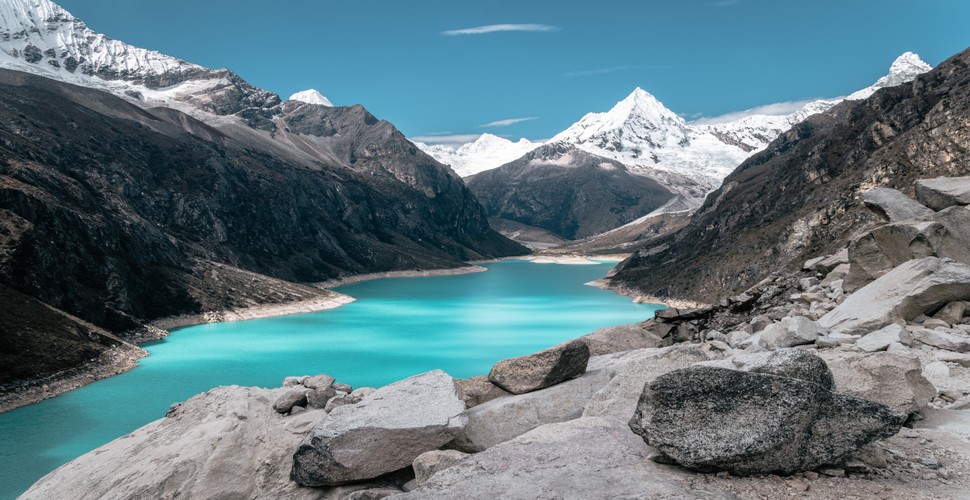
Laguna Paron, Huascaran
Float through the Amazon
In Pacaya-Samiria National Reserve’s 2023428 hectares (enormous!) visitors can explore small inlets and intricate river systems inside this flooded jungle. In summer, the river recedes, exposing picturesque sandy beaches. All-year-round the Pacaya-Samiria region is a vibrant world of neon birds on lush green trees, packs of playful monkeys, a sapphire-blue sky crisscrossed by graceful hawks, herons and fluttering butterflies. The main attraction to the region however are the endangered pink river dolphins and several species of monkeys.
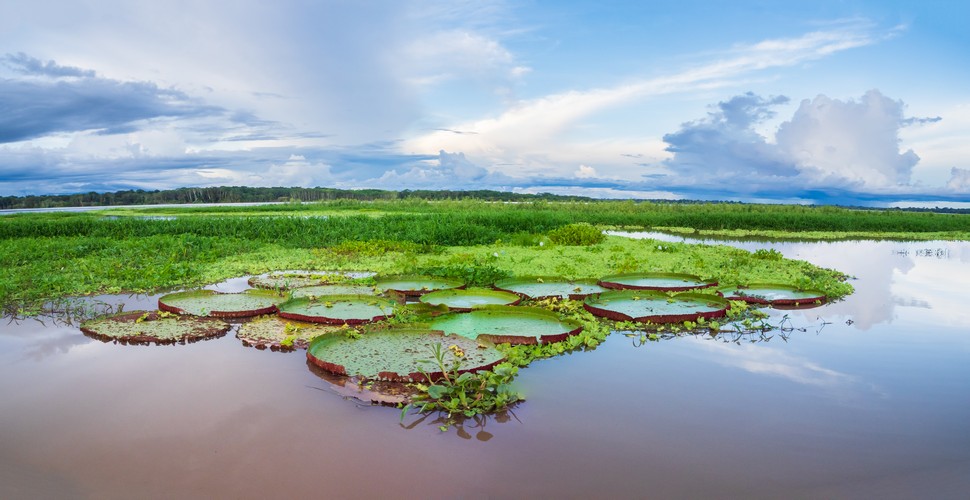
The Amazon
A biodiversity hot spot
One of the richest ecosystems on the planet, Manú National Park, a UNESCO Biosphere Reserve, is home to Peru’s rarest flora and fauna, such as the spectacled bear, the red-headed cock-of-the-rock, and countless varieties of orchids. Excursions through the park take you from lowland primary rainforest through dirt tracks to the cloud forest, giving you access to a wide range of species.
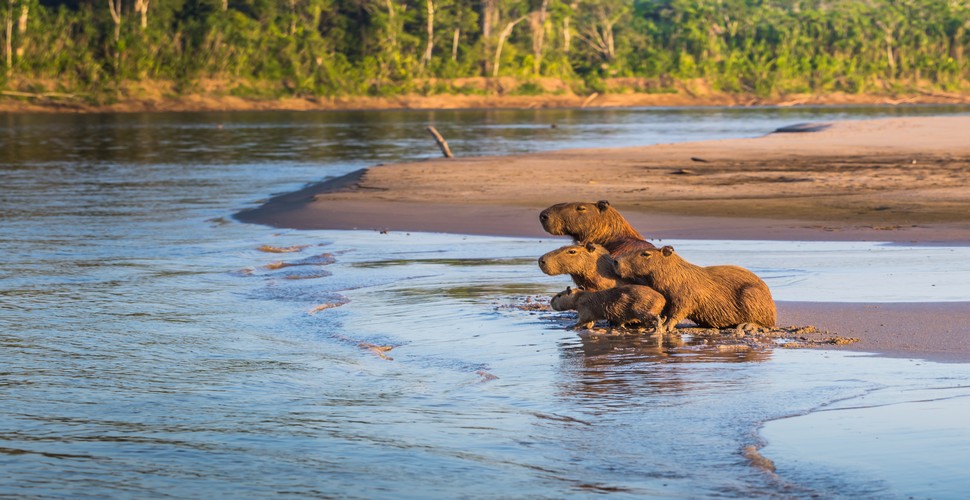
Capybaras in Manu National Park
Lake Titicaca
The nearly 4,000 residents of the island of Amantaní on Lake Titicaca, invite visitors to spend the night in their homes for an interactive, cultural experience. Quechua farmers offer tourists insight into what life is like living in an adobe home on a high-altitude lake. At sunset, families take their guests on a hike to the top of the island, where there’s a stone temple to the Pachatata. The lack of light pollution in this remote location enables a perfect view of the constellations best seen from the Southern Hemisphere, such as the Southern Cross. Most tours include a stop at Taquile Island, where the men of the community are the “master knitters” and the women, the loom weavers on this picture-perfect island.
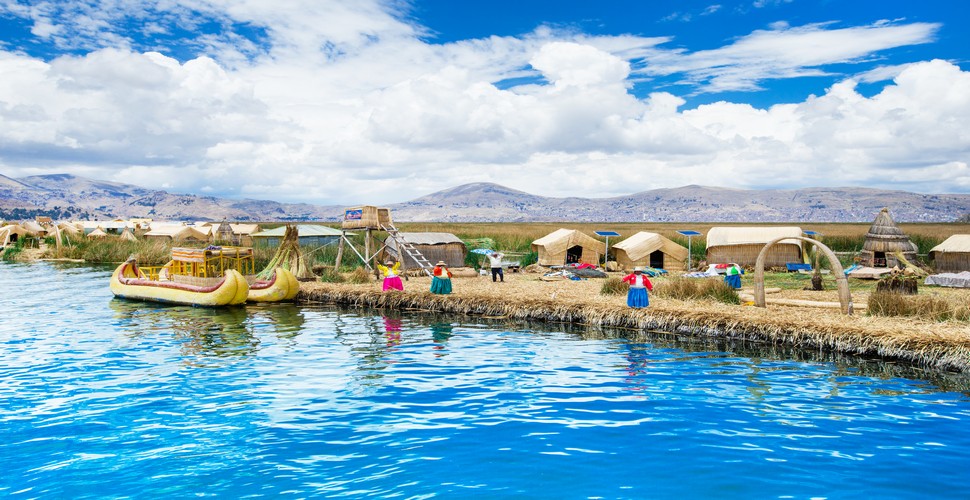
Uros Floating Islands, Titicaca
Sandboard in Huacachina
If you’ve never been sandboarding before, then think about sledging and convert it from snow to sand. With bigger dunes, faster boards and a lot warmer than a winters day, what are you waiting for? There are two ways to sandboard. You can either lie down on your stomach and zoom, or, for the more adventurous, stand up tall. Whatever level of experience you have, whatever style you would prefer to try, Huacachina has all the options. If you want the adrenalin without the risk, search out a dune buggy, and zip around on the sand. The drive itself is an adrenalin -seekers wonderland, with hard turns and steep drops, before eventually stopping at the top of a steep dune. Fun galore, whichever option you choose!
